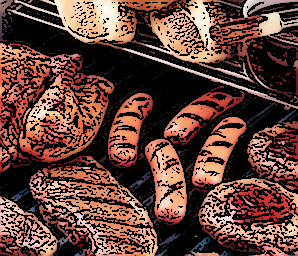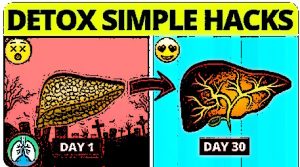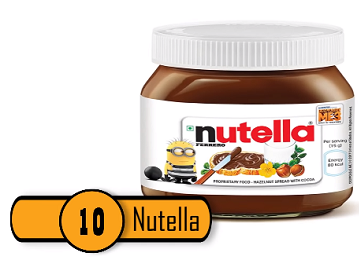
Watch some of the things You’ll Never Buy Once You Know What They’re Made Of! Video compilation by Fact Verse.
For more videos and articles visit: http://factsverse.com
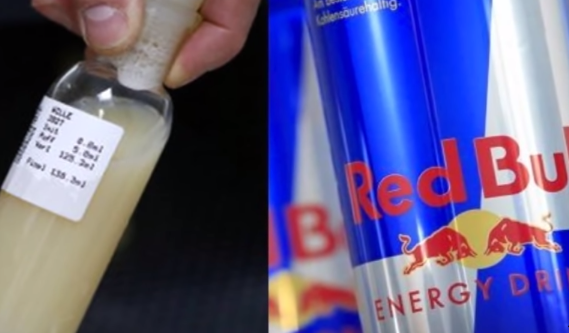
Taurine in Red Bull drink
Also known as 2-aminoethanesulfonic acid, or sulfonic acid, it is an organic acid. It is a major ingredient of bile. It is also present in small amounts in living tissues of humans and most animals. Cats cannot synthesize taurine – it is essential for the health of a cat. Taurine deficiency will cause irreversible blindness in cats, as well as tooth decay and hair loss – plus some other negative health conditions. Studies have not convincingly shown taurine to be an energy booster when added to drinks. A 2015 study found that after adults drank one 16-ounce can of an energy drink, the average systolic blood pressure of the participants increased by 6.2 percent, while the average diastolic blood pressure increased by 6.8 percent
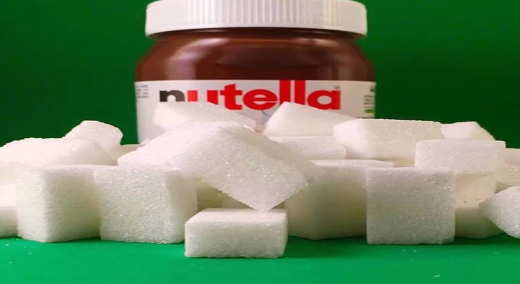
Is Nutella Healthy?
Nutella is often advertised as a quick and simple way to make a tasty, kid-friendly breakfast.
Commercials highlight its “simple” and “quality” ingredients, such as hazelnuts and skim milk, but never mention the ingredients that make up the majority of the spread — sugar and fat.
While there is no question that Nutella tastes good, it should not be considered a healthy ingredient.
Loaded With Sugar
Sugar is the main component of Nutella, giving the spread its sweet taste.
A 2-tablespoon (37-gram) serving contains 21 grams of sugar, or about 5 teaspoons.
Shockingly, a serving of Nutella contains more sugar than the same serving size of Betty Crocker Milk Chocolate Rich & Creamy Frosting, which contains 17 grams of sugar (2).
Limiting foods high in added sugar is critical for your health.
In fact, the American Heart Association recommends that women and children consume no more than 6 teaspoons (25 grams) of added sugar per day, while men should limit their intake to 9 teaspoons (38 grams) (3).
Using this rule, a woman or child would be close to their added sugar limit for the entire day after consuming just 2 tablespoons (37 grams) of Nutella.
Consuming too much added sugar has been linked to a variety of chronic diseases and conditions, including obesity, diabetes, heart disease, liver disease, cognitive decline and even some types of cancers, including esophageal cancer (4Trusted Source, 5Trusted Source).
Plus, added sugar may be one of the driving factors behind the surge in childhood obesity (6Trusted Source).
For these reasons, foods with high amounts of added sugar, such as Nutella, should be kept to a minimum.
High in Fat and Calories
Though the recommended serving size is small, 2 tablespoons (37 grams) of Nutella still pack in 200 calories.
Since Nutella is sweet and creamy, it may be hard for some people to stick to the serving size, making it easy to consume an excessive number of calories from Nutella.
Eating one or two servings of it every day could lead to weight gain over time, especially for a child.
What makes Nutella so calorie-dense is the high amount of fat it contains. After sugar, palm oil is the second most abundant ingredient in Nutella.
While fats are beneficial to health in many ways, consuming too much fat can lead to weight gain.
Being overweight or obese increases the risk of many chronic diseases, including heart disease, diabetes and certain cancers (7Trusted Source).
It Is More “Natural” Than Some Similar Products
Ferrero advertises Nutella as a product containing simple, quality ingredients.
While it does contain vanillin, a synthetic form of vanilla flavoring, the rest of its ingredients are natural.
One could argue that the limited ingredients found in Nutella make it a better option than other more processed dessert spreads.
For example, Nutella contains far fewer ingredients than most icings and frostings.
It does not contain high-fructose corn syrup, hydrogenated oils or artificial food colorings, all of which are ingredients of concern for health-conscious consumers.
This may make Nutella more attractive to shoppers who are trying to avoid products made with lots of artificial or highly processed ingredients.
Should You Eat Nutella?
Like any high-sugar food, Nutella should be viewed as a treat. The problem is that people often use it more as a breakfast spread than as a dessert.
Consuming Nutella every day will increase the amount of added sugar in your diet, and most people already consume much more added sugar than is recommended.
For example, the average American adult consumes 19.5 teaspoons (82 grams) of added sugar a day, while children consume around 19 teaspoons (78 grams) per day (9Trusted Source, 10Trusted Source).
You should limit the amount of sugar in your diet whenever possible by eating less sugary foods and reducing the amount of sweetened drinks in your diet.
Although Nutella is marketed as a breakfast food, the smartest way to use it is in moderation as a dessert spread.
If you are a fan of Nutella, it’s okay to enjoy a small amount of it from time to time.
However, don’t be fooled into thinking that it makes a healthy addition to your diet or your child’s toast or sandwich, no matter what advertisements may suggest.
Nutella’s delicious combination of chocolate and hazelnut can be too good to resist.
However, it’s important to know that Nutella contains high amounts of added sugar, fat and calories.
While it may be tempting to add Nutella to your daily breakfast, it’s best to consider this chocolatey spread a dessert. As with other high-sugar products, make sure to moderate your intake.
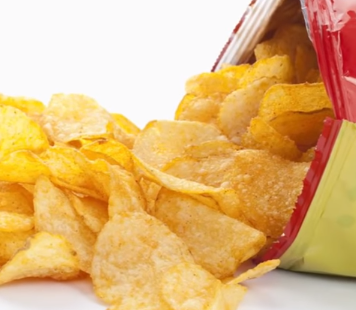
One of the most hazardous ingredients in potato chips is not intentionally added, but rather is a byproduct of the processing. Acrylamide, a cancer-causing and potentially neurotoxic chemical, is created when carbohydrate-rich foods are cooked at high temperatures, whether baked, fried, roasted, or toasted. According to a 2005 analysis, ALL potato chip products tested exceeded the legal limit of acrylamide by 39 to 910 times, and baked chip products oftentimes contain more acrylamide than their fried counterparts. There are more than 800 different heat-induced compounds, 52 of which are potential carcinogens. Three of the most well-known, aside from acrylamide, include heterocyclic amines (HCAs), polycyclic aromatic hydrocarbons (PAHs), and advanced glycation end products (AGEs)
Ideally, you should consume foods that are raw or minimally processed to avoid these types of toxic byproducts of high-heat cooking and processing. The more raw food, the better, but strive to consume at least one-third of your food raw to protect your health
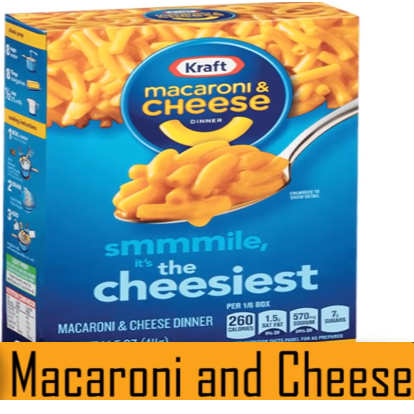
Potentially harmful chemicals that were banned from children’s teething rings and rubber duck toys a decade ago may still be present in high concentrations in your child’s favorite meal: macaroni and cheese mixes made with powdered cheese.
The chemicals, called phthalates, can disrupt male hormones like testosterone and have been linked to genital birth defects in infant boys and learning and behavior problems in older children. The chemicals migrate into food from packaging and equipment used in manufacturing and may pose special risks to pregnant women and young children.
The Food and Drug Administration has not banned their presence in foods, though a 2014 report to the Consumer Product Safety Commission urged federal agencies to assess risks “with a view to supporting risk management steps.” The report concluded that food, drugs and beverages, and not toys, were the primary source of exposure to phthalates.
Now a new study of 30 cheese products has detected phthalates in all but one of the samples tested, with the highest concentrations found in the highly processed cheese powder in boxed mac and cheese mixes. The report, which was conducted by an independent laboratory and paid for by environmental advocacy groups, has not been published in a peer-reviewed journal.
“The phthalate concentrations in powder from mac and cheese mixes were more than four times higher than in block cheese and other natural cheeses like shredded cheese, string cheese and cottage cheese,” said Mike Belliveau, executive director of the Environmental Health Strategy Center, one of four advocacy groups that funded the report. Others were the Ecology Center, Healthy Babies Bright Futures and Safer States.
The groups tested 10 different varieties of mac and cheese, including some that were labeled organic, and found high levels of phthalates in all of them.
The tested products were purchased in the United States and shipped in the original packaging to VITO, the Flemish Institute for Technological Research in Belgium, where fat extracted from each product sample was analyzed for 13 phthalates using validated test methods, Mr. Belliveau said.
Some two million boxes of mac and cheese, a relatively inexpensive food that can be whipped up in minutes, are sold every day in the United States, according to 2013 figures from Symphony/IRI Group. Mr. Belliveau said consumers would have a hard time avoiding the chemical.
“Our belief is that it’s in every mac ‘n’ cheese product — you can’t shop your way out of the problem,” said Mr. Belliveau, who is urging consumers to contact manufacturers and pressure them to investigate how phthalates are getting into their products and take steps to eliminate it. Nine of the cheese products tested were made by Kraft, which makes most of the macaroni and cheese products sold, though the group did not disclose the names of specific products tested. Officials with Kraft did not respond to requests for comment on the report and its findings.
Is any brand of macaroni cheese healthy? All of them are high in calories, sodium, and fat. And most of them provide artificial ingredients. Of all those listed, the Lean Cuisine Macaroni and Cheese will do the least damage to your waistline. That said, it is also possible to make your own mac and cheese using lighter ingredients. Another option is to replace the macaroni with a healthier, lower calorie food such as cauliflower or broccoli.
There are a few things you should consider before adding macaroni and cheese to your meal plan. This food is very high in calories and is not likely to help you to maintain your weight or lose weight unless you really watch your portion size.
Most recipes and pre-packaged varieties use enriched pasta, not whole wheat pasta. So you’re not getting a lot of dietary fiber when you consume the food. Fiber provides several health benefits and helps dieters curb hunger.
In addition, macaroni and cheese is very high in sodium. Even the kind you make at home provides almost half of the recommended daily intake of sodium. So when you add just a single serving of this food to your daily diet, you’re likely to consume too much sodium for the day.
Lastly, macaroni and cheese is a food that we often overeat. The popular blue box is supposed to provide 2.5 servings. But many people eat the entire box as a meal. If you consume an entire box of Kraft Macaroni and Cheese (prepared with margarine and 2 percent milk), you’ll consume 875 calories, 32.5 grams of fat, 11 grams of saturated fat and 25 grams of protein. You’ll also consume over 1800 milligrams of sodium.
Health, Facts, Nutella, ThingsYoullNeverBuy, Made, factverse, highcalories, highsugar, highfat, taurine
